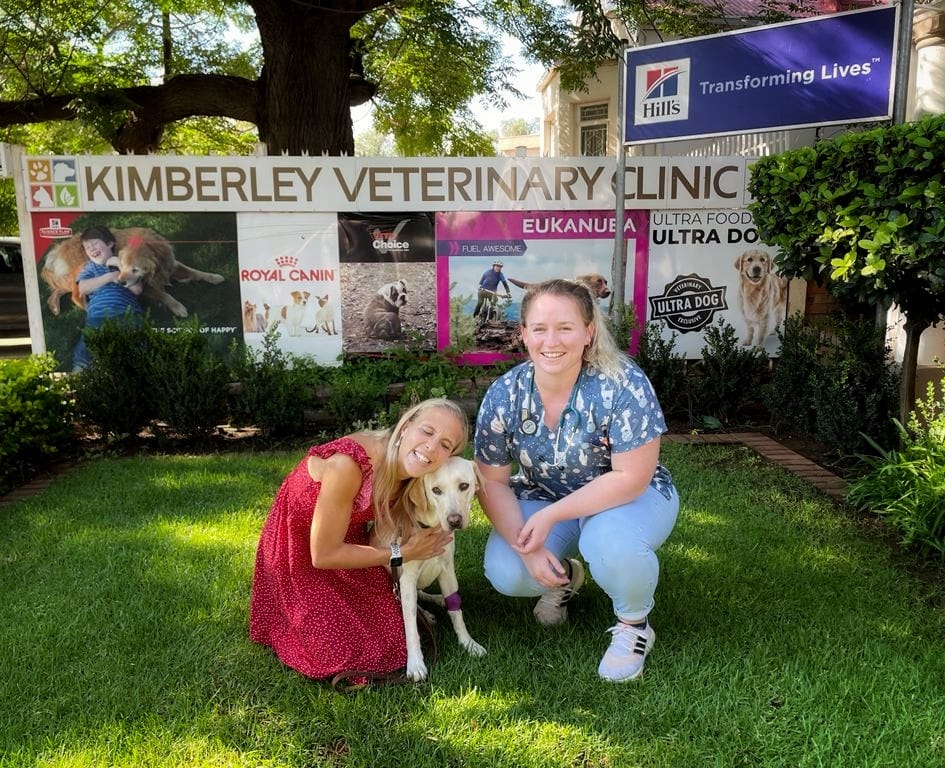Veterinary waiting room etiquette is not unlike our human medical professional counterparts’ waiting area.
The waiting area of any hospital is a hectic place. Practicing good veterinary waiting room etiquette is vital to protect all pets visiting our clinic, as well as their owners.
Here are a few rules when waiting in our veterinary clinic waiting room:
- Keep your dog on a fixed leash.
(Not a flexi-/retractable leash.) This is vital to ensure that your dog always remains close to you. Your dog may be friendly, but there may be other pets who are not.
- Bring, and keep, your cat in a cat carrier. We cannot stress this enough. Not only is your pet a major flight risk from your car to our front door, they are also stressed and may react by scratching and biting you or others, no matter how calm your cat is at home.
- Keep your pet away from other pets in the waiting room. Not all pets are comfortable with interacting, some have contagious diseases and others are in pain. Some don’t enjoy other pets being in their personal space and some are aggressive. Be respectful and keep your pet by your side at all times.
- Unless your pet is to be checked for a bladder issue, give your pet the chance to have a toilet stop before entering the clinic. This alleviates stress and eases handling. If your pet has a urinary tract problem, then please DO NOT allow them a potty break before the consultation as the urine needs to be collected and examined.
- Be honest when communicating your pet’s needs. Let us know when scheduling the appointment what signs and symptoms your pet has so that we can better prepare for your visit. If your pet is fearful or has behavioural issues, please also let us know ahead of time, this gives us a better idea of how to manage your pet in hospital.
- Keep your children away from other pets. This should go without saying, but it still happens regularly. All pets are highly stressed when they are in a strange place. You don’t know why another pet is at the clinic, so please don’t allow your kids to climb on pets, pull ears or tails, or scream loudly at other pets or in the waiting room. Even the friendliest looking dogs have bad days. Other pets have medical conditions like epilepsy that can be triggered by even the slightest disturbances.
Your children are your responsibility, keep them out of harm’s way by making sure they don’t invade another pet’s space and boundaries. - Lastly, just practice good manners. Just like you will in a human doctor’s waiting room, practising patience and respect for others goes a long way in making everyone’s experience positive and less stressful.
Rest assured, our staff are doing all they can to make your visit less stressful. We cannot do it without you.


